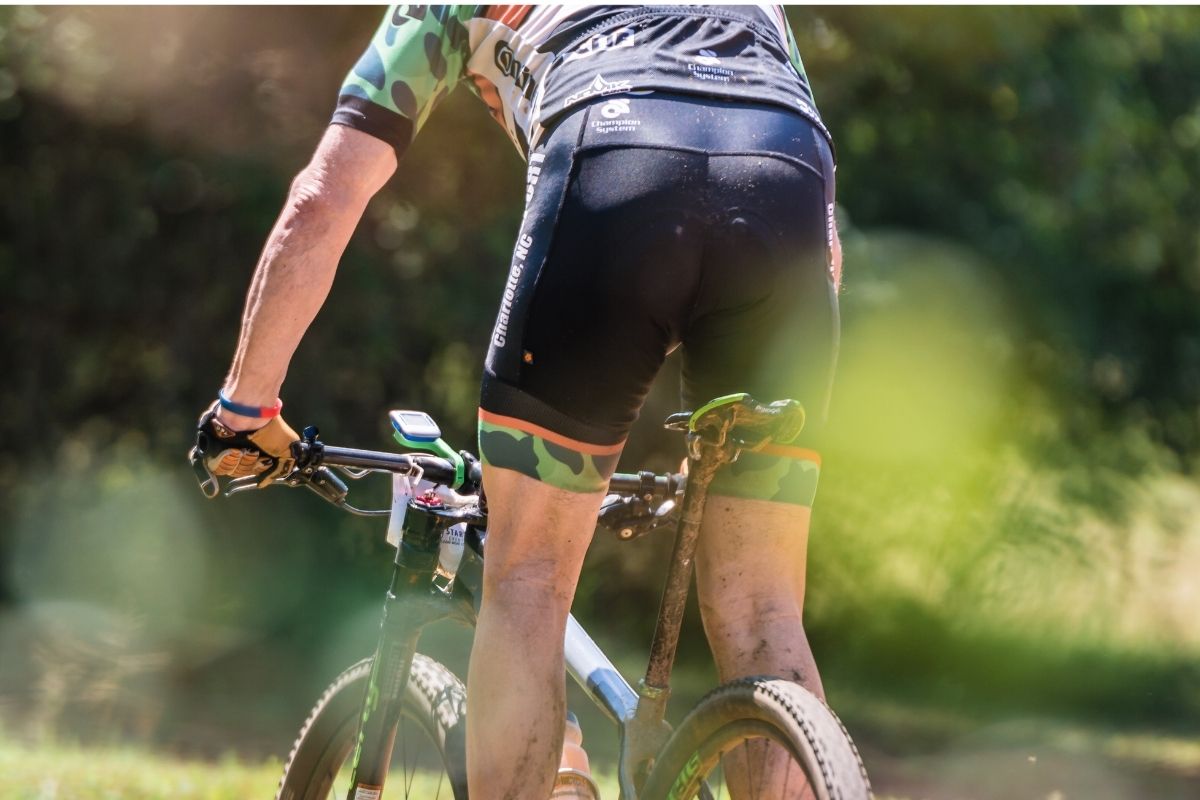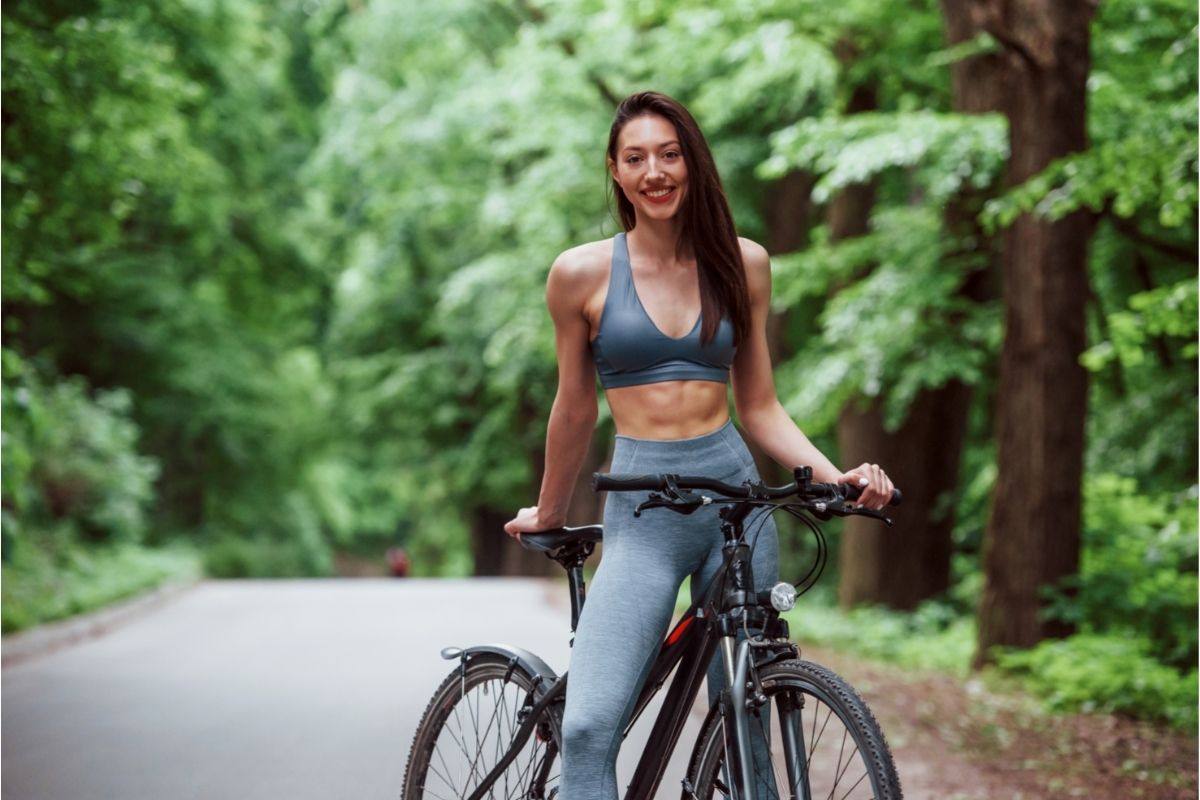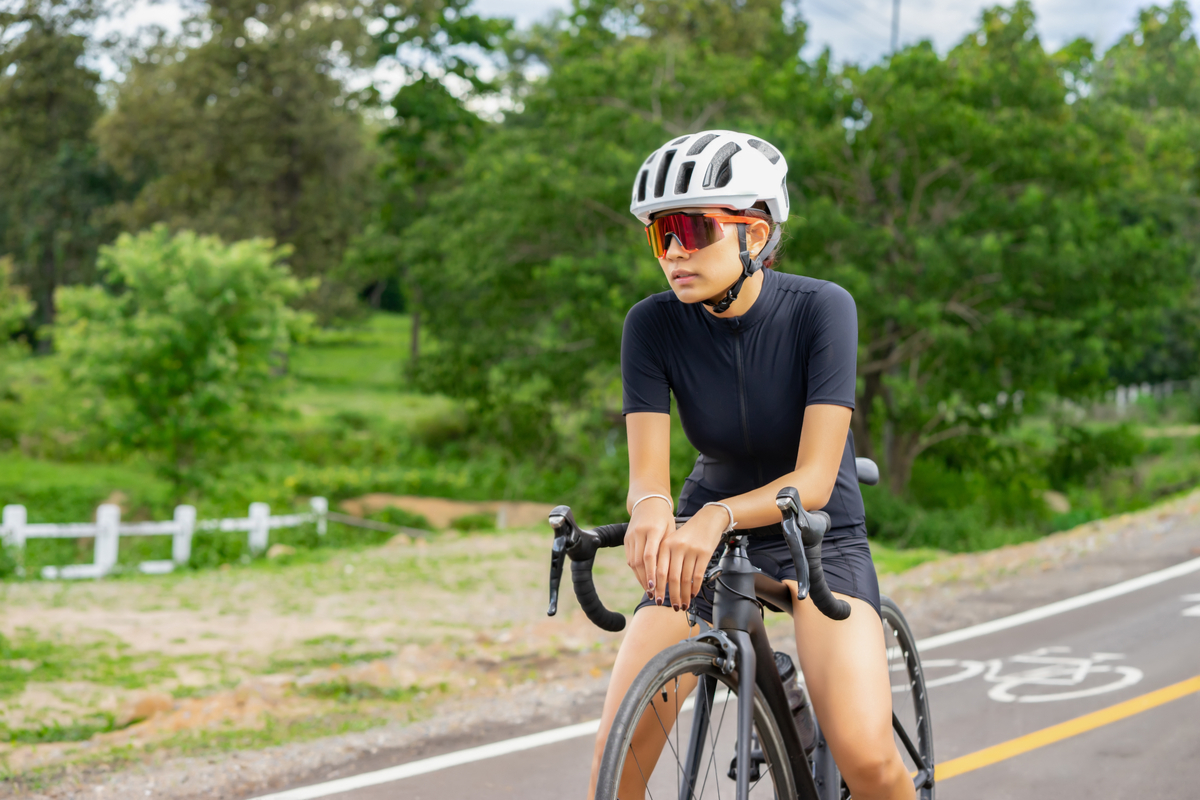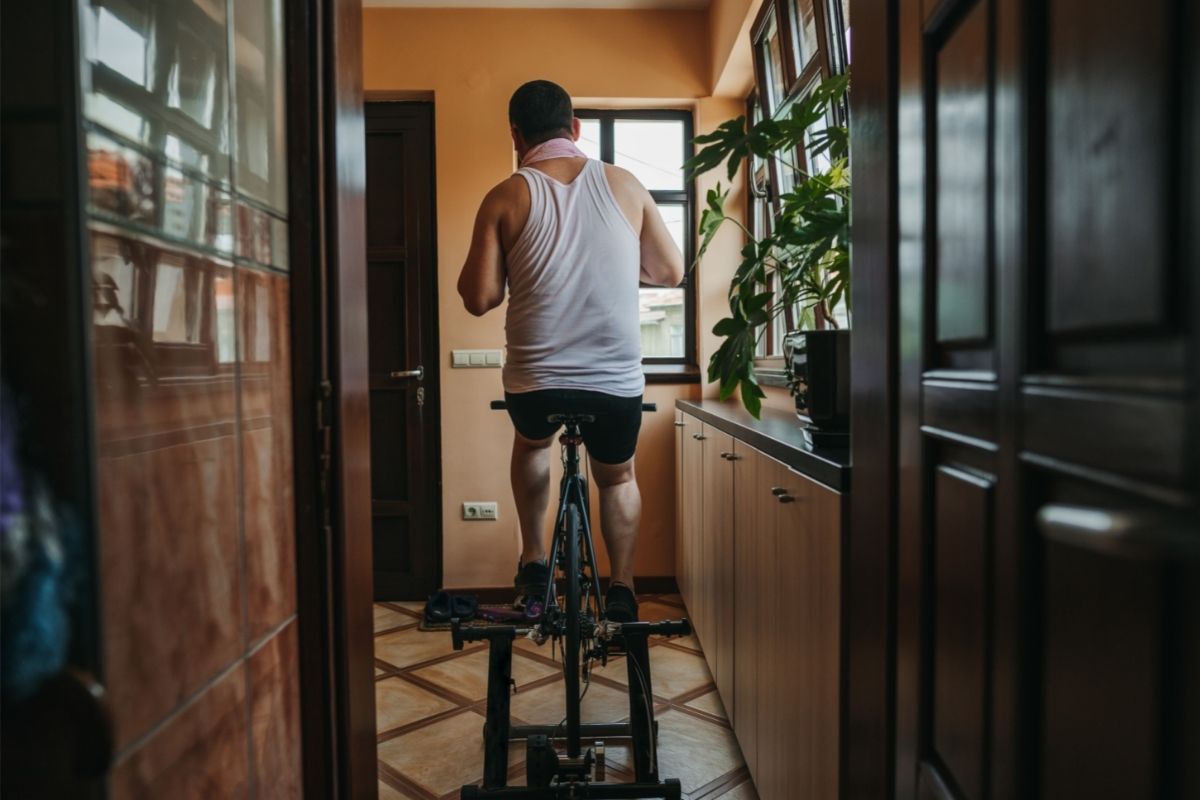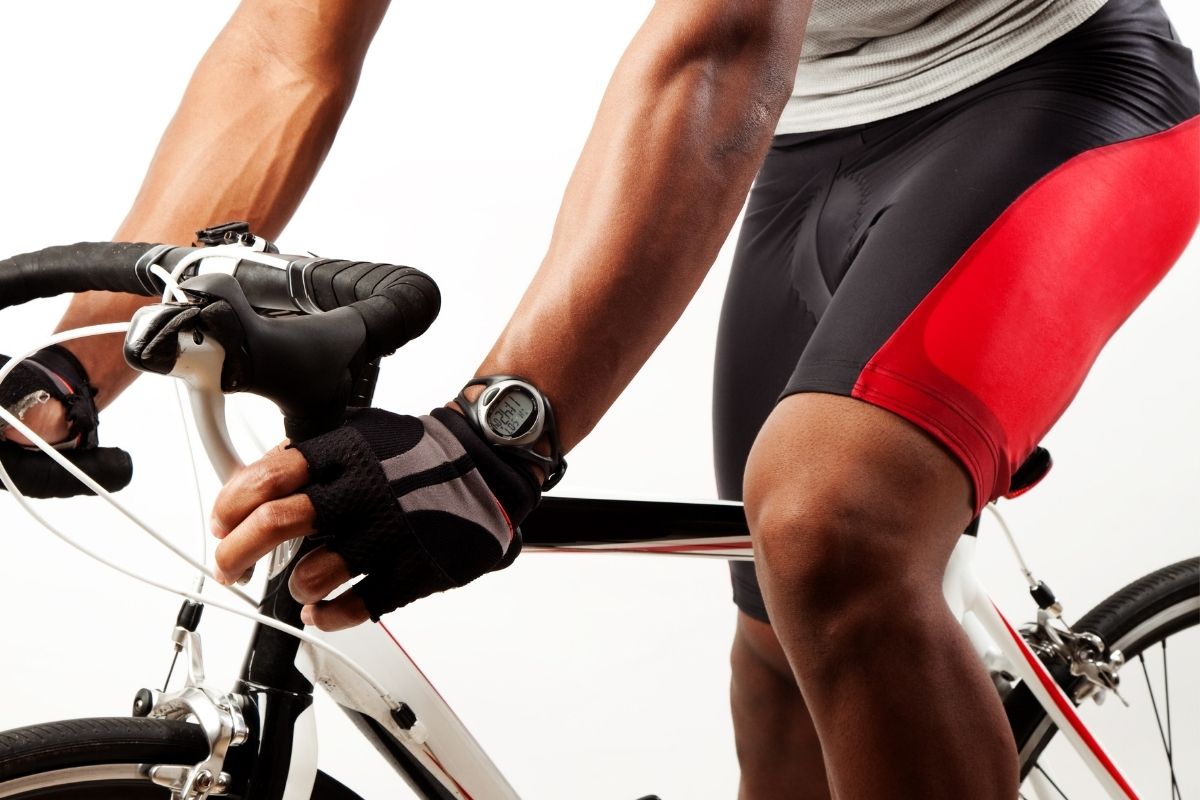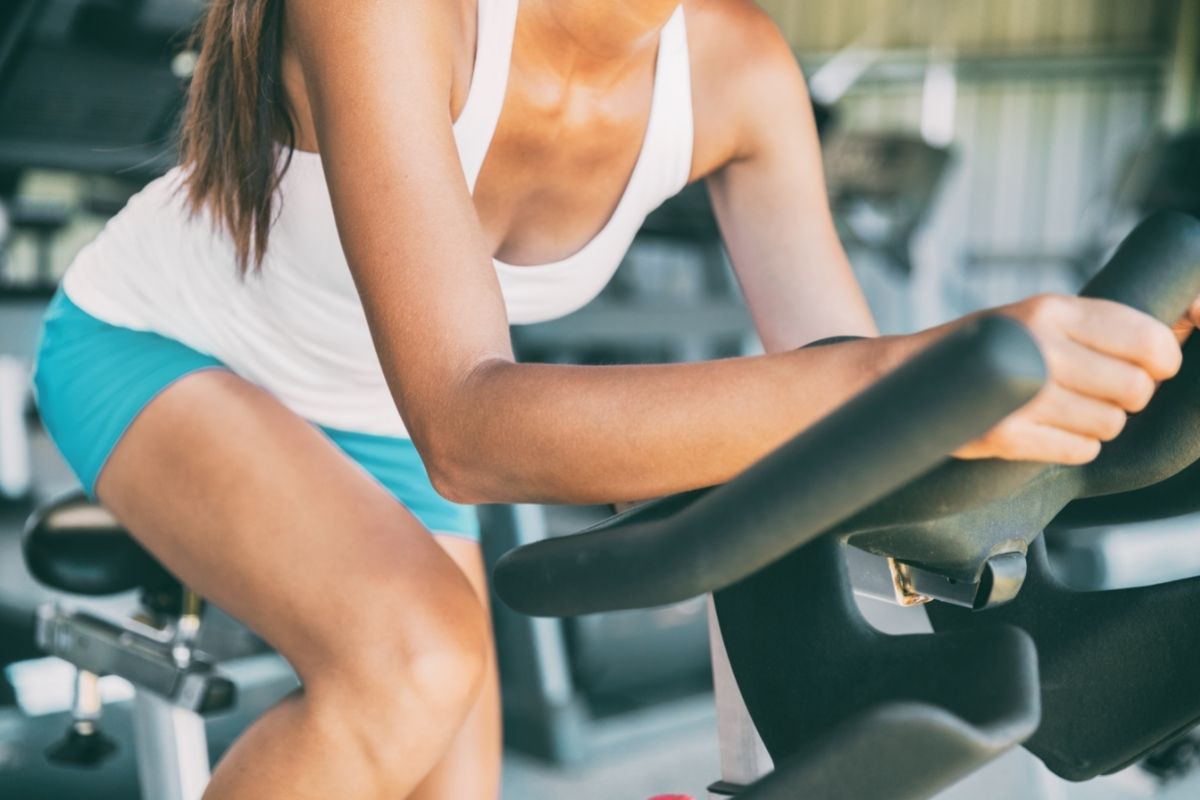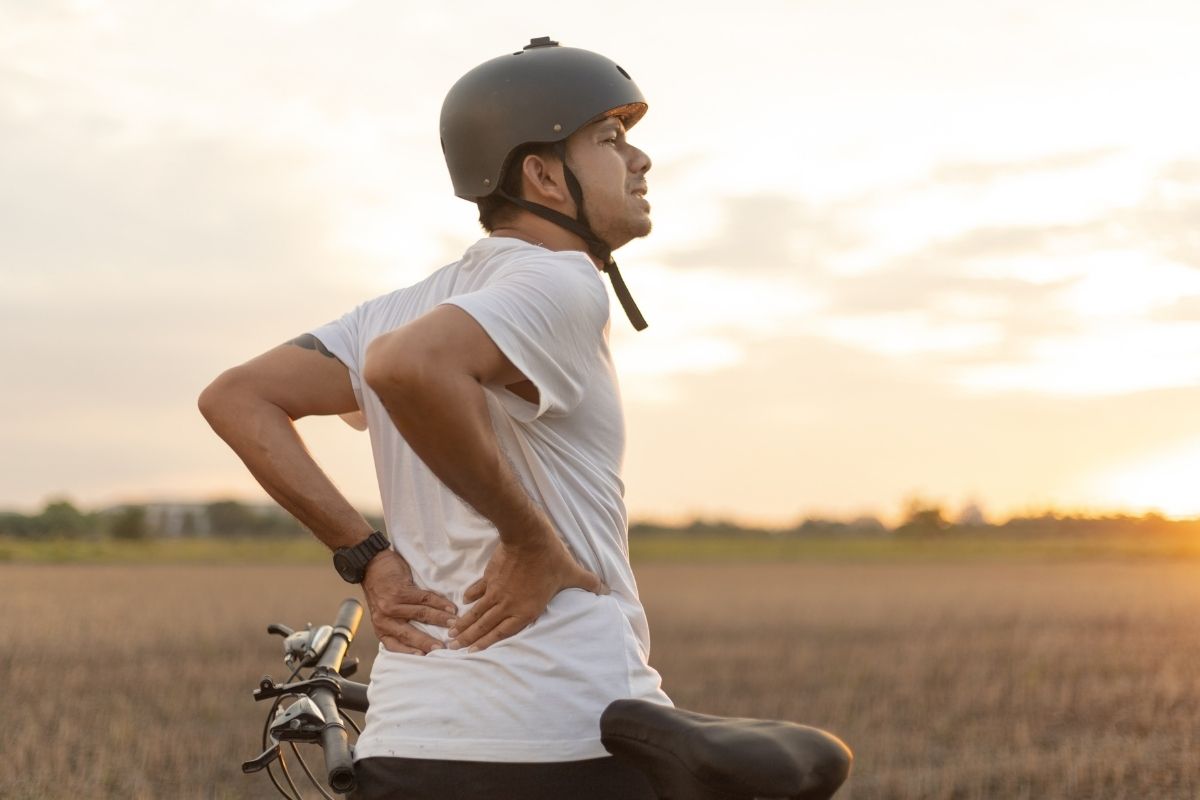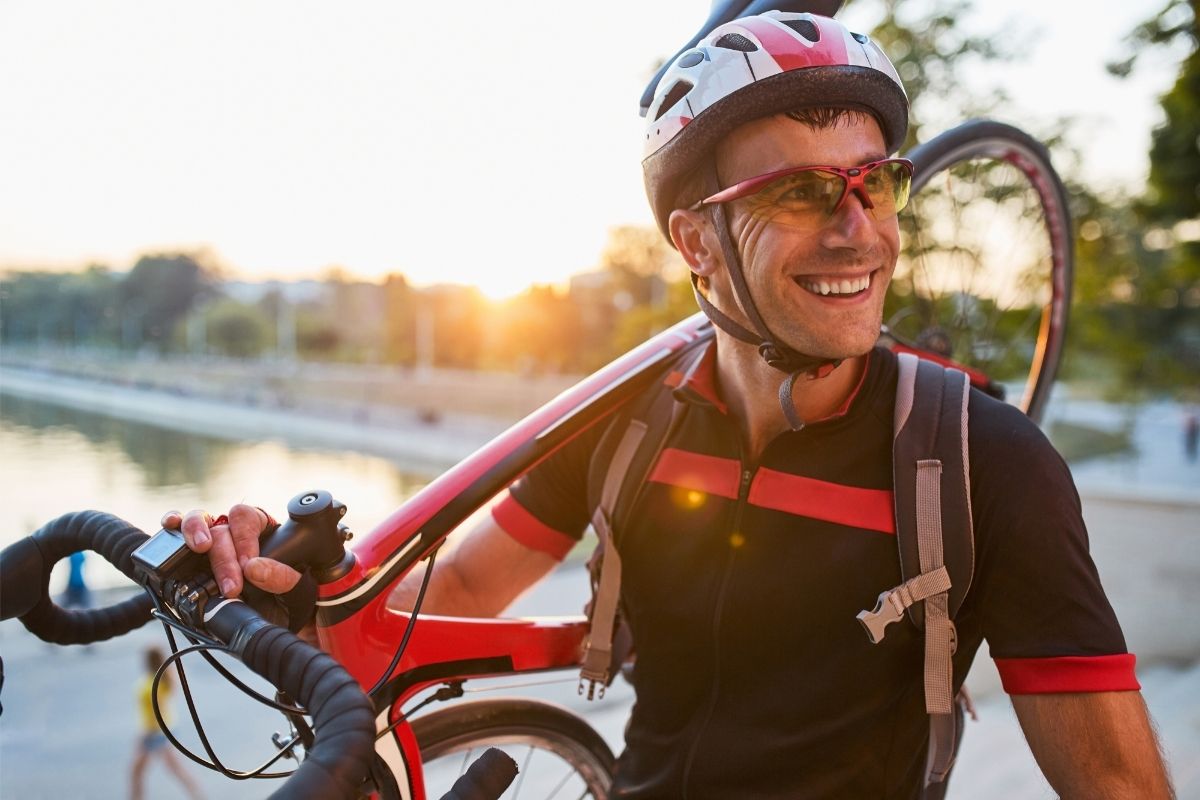Cycling has a lot of benefits, but lots of people shy away from cycling, as they believe it will make their legs bigger.
Similarly, many cyclists aren’t satisfied with the muscle they currently have, wanting to know how to build more. But what is the truth? Can cycling make your legs bigger?
Unfortunately, there isn’t one specific answer. You need to put on muscle for your legs to get bigger.
The amount of muscle you build depends on your metabolism, calorie intake, genetics, and your intensity when you cycle. Some won’t gain muscle from cycling, but a few people might.
We’ll get further into whether cycling can make your legs bigger or not below. You’ll also find advice catered for two groups of people. The first is those that want to gain more muscle from cycling, while the other is those that don’t.
It’s Hard To Get Big Legs From Cycling
We’ll begin by giving you the facts. Cycling is not going to turn you into the Hulk. A few rides a week isn’t enough to put on lots of muscle, and neither will a long day on the track.
You might wonder why some professional cyclists have large legs. These cyclists developed their thighs after riding in difficult gears for many years. They’ll also have ridden against resistance for lengthy periods, like up hills or through a mountainous region.
Professional cyclists that have big legs don’t just ride their bikes, they also commit to regular lower-body resistance training.
Though their training may not focus on size, they gain more strength, which makes them work harder on the track. This builds more size due to more stress placed on the muscles.
These cyclists will know how strong they want to become, as well as how big they want their muscles to get. They’ll all have strict diet plans that call for a surplus of calories when necessary.
No matter how much strength training or cycling they do, their muscles won’t grow without the right fuel, in this case, more calories.
As you can see, you can build muscle through cycling, but it needs a few factors. These include long periods working against resistance in a big gear, lower body strength training, and a calorie surplus.
The last factor is genetics, which is the most important reason why some people find building muscle easier than others.
Genetics means that some people have a harder time losing weight or putting on muscle. Some cyclists can deliberately try to put on weight, but they’ll still be slimmer than other cyclists with more muscle and fat.
Similarly, people with a slower metabolism won’t burn energy as fast as those with a higher one. Without trying to lose weight, they’ll tend to store more fat, but they can put on muscle easier without consuming more food.
Height also matters, especially when it comes to cycling.
A taller person with longer legs will find it easier to turn the gears, even if they’re lighter than their shorter counterparts. A shorter person will need to have more muscle on their frame to be as efficient as the taller person.
So, will you get big legs by cycling? It’s possible, but not easy. You’ll have to do a lot of work to gain muscle on your legs. This involves following a similar routine like cycling professionals, as well as eating the right foods and supplements.
Your genetics and metabolism play a huge role too. We’ll cover more tips on how to build muscle through cycling, as well as how to lose/maintain the muscle you already have.
If You Want More Muscle From Cycling
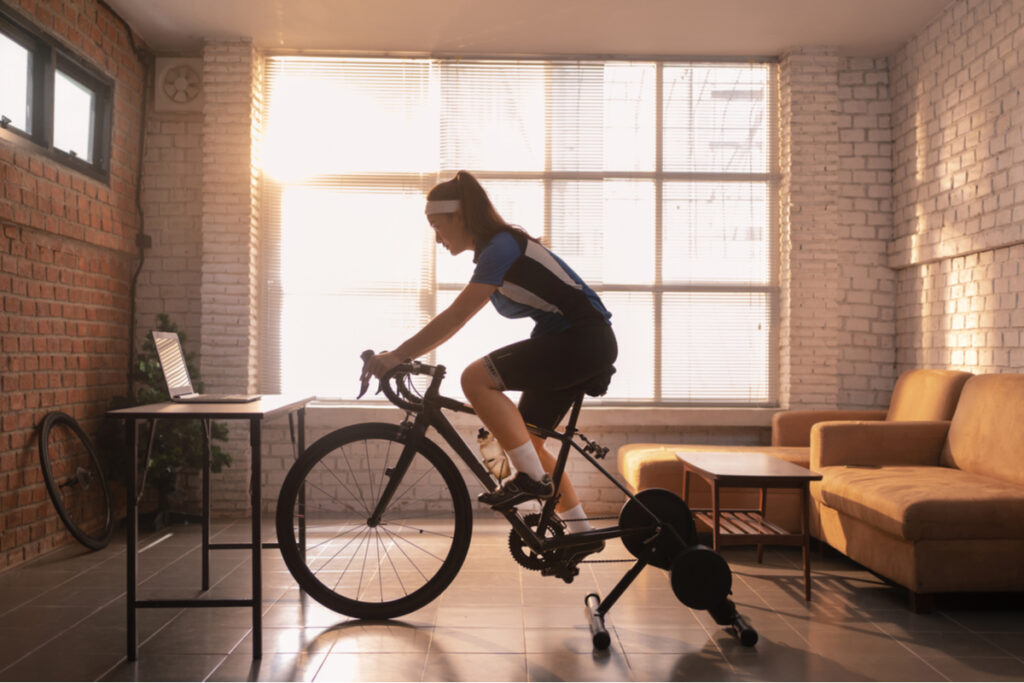
If you want to gain more muscle through cycling, but are struggling with doing so, the first thing you should do is increase your calories.
This doesn’t mean eating junk food, but prioritizing protein-rich foods to build muscle. You’ll also need to eat wholemeal carbohydrates to avoid muscle loss during intense exercise.
Next, you’ll need to focus on strength training. You can focus on performing 8-12 reps with each exercise, as this builds size. However, make sure that you add weight slowly to avoid injuries, as too many recovery days may stop you from cycling.
When it comes to cycling, use a harder gear once a week. When this becomes easier, start doing this twice a week. Working against more resistance places the muscles under tension, so they’ll start getting larger and stronger.
If You Want Don’t Want More Muscle From Cycling
These tips are for those that want to maintain their current muscle mass, as well as those that want to keep their legs looking the same. However, if you’re a regular cyclist, you may find these tips beneficial too.
If you cycle regularly, chances are you care about staying in shape. This means different things to everyone, but as cyclists want to be more efficient at riding, chances are being ‘in shape’ involves staying light.
This will make it easier to ride for long periods and tackle challenging hills. Being light involves keeping body fat low, but it may also require losing excess muscle.
To do this, cyclists shouldn’t eat any more calories than they would burn off during cycling sessions. The food they do eat should be nutritious and primed for good recovery.
For instance, if a cyclist burns 2000 calories through riding and other activities, they won’t eat more than 2000 calories during that day. Their net calorie intake will be zero.
This process will ensure that you are still consuming adequate vitamins and minerals from your diet, as well as making sure you’re fueled for your cycling sessions.
Eating optimum amounts of protein, carbohydrates, and fats, will ensure that your muscles recover well after your workout, but as we’re not in a calorie surplus, they shouldn’t grow in size.
If You Want To Reduce Muscle Through Cycling
These tips can help you reduce the amount of muscle you carry on your legs, but you may lose muscle from the rest of your body too.
If you want to lose muscle, you’ll need to eat fewer calories, but not drastically. Endurance cyclists need enough energy to keep themselves fueled for training sessions. Try reducing the amount you eat slowly while monitoring your weight.
The calorie deficit should be enough that you’re losing weight, but not so much that your performance decreases. If you notice that cycling is getting more difficult, eat a little bit more.
Exercise wise, stop any medium to heavy weightlifting or resistance work. Any exercises you do should be bodyweight or very light resistance work.
Adding in cardio can help you burn more calories which can help you lose more muscle. Try running once or twice a week and see if you notice a difference after a few weeks. Running also helps you become a more efficient cyclist as it improves your fitness.
The Bottom Line
While it is possible to get big legs from cycling, you’ll need to do a lot of work for this to happen. Professional cyclists with big legs train hard, in the gym and on their bikes.
They also eat a specialized muscle-building diet with lots of protein. If you want to build big leg muscles, you’ll have to prioritize strength training and protein intake.
Similarly, if you want to lose muscle from your legs, you’ll have to eat a calorie deficit and swap strength training for cardio. Remember, genetics makes a huge difference, so you may need to try the tips above for more or less time than others.
- Melbourne Bike Share App: Short Review - February 7, 2022
- Cycling Rules In Melbourne - February 4, 2022
- Bike Sharing In Melbourne: What Are The Alternatives - February 4, 2022

